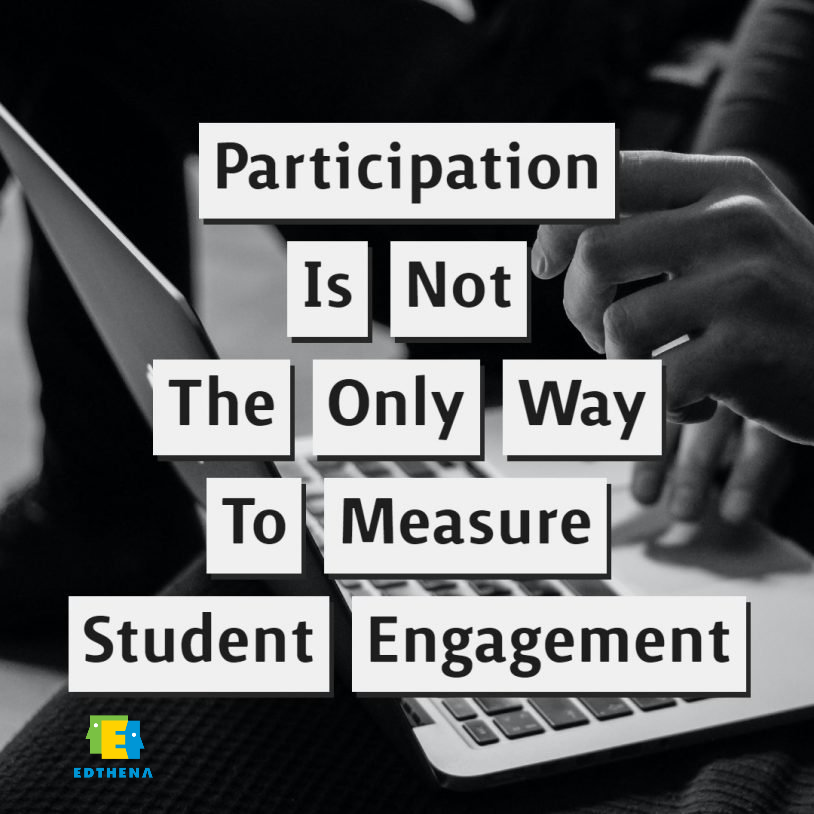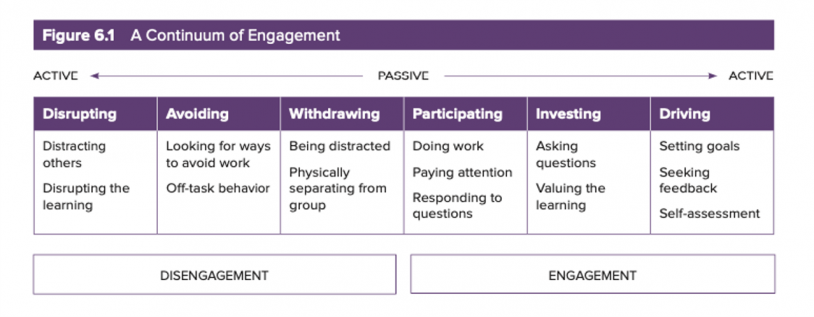Doug Fisher Guides Us On How to Teach Student Engagement During Virtual Learning
-
Students must be taught engagement expectations across learning environments and formats to drive their own learning.
-
Distance learning students should understand what engagement looks like and taught how to monitor levels through critical thinking questions.
-
Giving parents a role in student engagement to ask probing questions allows students to remain aware of their engagement while learning.
Literacy and leadership expert, Doug Fisher, published The Distance Learning Playbook with co-authors Nancy Frey and John Hattie to guide teachers through research to understand what works best with distance learning to support students.
As an active K-12 teacher, Doug knows first-hand the importance of student engagement in all learning environments, but now more than ever, in engagement in virtual classrooms.
Doug was interviewed for the teacher professional development blog PLtogether by Edthena founder Adam Geller. You can watch the interview segment above, and we’ve shared some of the highlights below.
Teachers ask, why aren’t students engaged in online learning?
 Amidst the platform, curriculum, and overall transition to online learning, teachers search for new ways to keep students continuously engaged without face-to-face contact with students. As educators, how can we adjust what we are doing to ensure students stay engaged in their learning?
Amidst the platform, curriculum, and overall transition to online learning, teachers search for new ways to keep students continuously engaged without face-to-face contact with students. As educators, how can we adjust what we are doing to ensure students stay engaged in their learning?
According to Doug, students must be taught what engagement looks like in any format. Oftentimes, educators assume that students know what engagement looks like, but that is not always the case.
Doug referred to more current types of engagement, such as engagement continuums.
“I like some of the engagement continuums that are out there now that talk about things like if you are participating, it’s passive, but you are engaged. You’re not disengaged. You’re not withdrawing. But the idea to go from participating to investing in your own learning, and then from investing to driving your own learning. The ultimate form of engagement [is] around driving your own learning,” said Doug.
Based on student interviews, Doug discovered that student perception often revolves around compliance. Engagement must be taught to ensure students have the opportunity to drive their own learning.
Interested in how to support teachers with effective engagement strategies?
See the Edthena commenting tools
Promoting an understanding of what the different types of engagement look like in virtual environments

Driving an understanding of students’ engagement means allowing students to define and practice the mindset to monitor their own engagement levels.
“Have students define, in their class, in this learning environment, what does avoiding look like? What does withdrawing look like? What does participating look like? What does investing look like?” said Doug.
Doug reported that as teachers asked students to reflect on their engagement daily, students began to lead discussions around engagement and ultimately changed their classrooms’ dynamic.
As a firm believer that student engagement must be taught, Doug reiterated that it must be taught in each format, especially within virtual learning. Each time the learning format is changed, students should revisit expectations to ensure they are prepared for success.
Parents can support student engagement through critical thinking questions
Parents can play a key role in leading student engagement and promoting their students’ ability to drive their own learning.
Doug mentions that teachers who have incorporated awareness around engagement within their classrooms, both in-person and virtually, have observed improvement in parent questioning.
“Parents are starting to say, what feedback did you ask for from the teacher? What was your goal today? What good questions did you ask?” said Doug.
If educators can shift parents’ roles to focus on engagement points with their children, Doug believes that it would truly leverage deeper learning with students. For school leaders and educators, integrated student engagement points around parent-teacher conferences and calls can also help align parents’ and educators’ goals with leading the student to success.
“Students have to learn…’this is what engagement looks like,'” Doug said.
Like what you’re reading? Watch more videos at PLtogether.org and read more about student engagement in our interview with Pedro Noguera.

